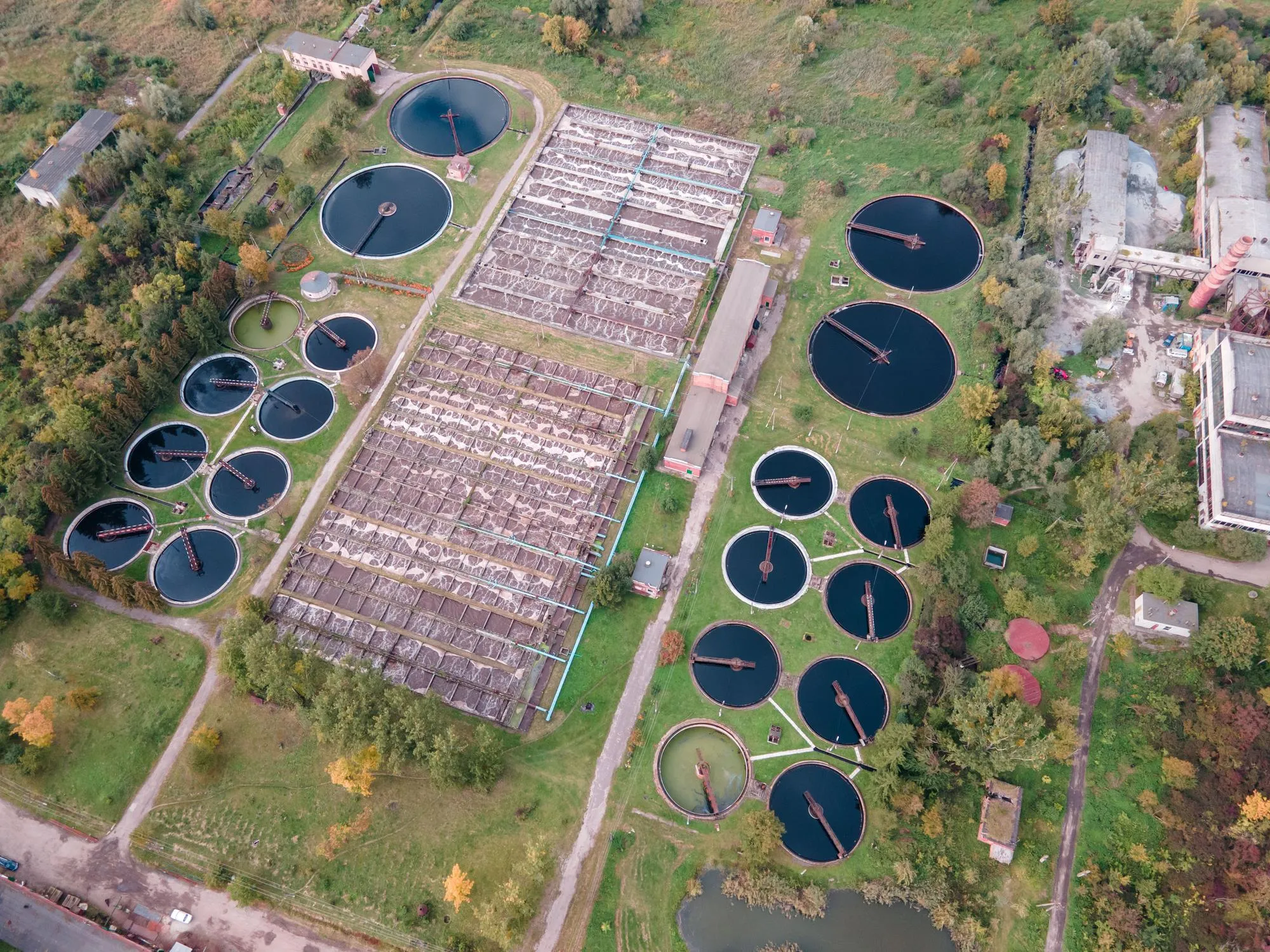For Immediate Release
Researchers from the Department of Applied Chemistry at Aligarh Muslim University have developed a groundbreaking nanocomposite with the demonstrated capability to effectively cleanse water contaminated with industrial dyes, a spread environmental concern with significant implications for both environmental health and sustainability. The innovative substance, a polypyrrole-decorated bentonite magnetic nanocomposite (MBnPPy), has shown proficiency in adsorbing toxic dyes from polluted waters, marking a significant advancement in the field of wastewater treatment.
The peer-reviewed study, published in the esteemed journal ‘Environmental Research’, meticulously describes the process of creating the nanocomposite, characterized by sophisticated techniques such as Scanning Electron Microscopy/Energy Dispersive X-ray Analysis (SEM/EDX), Transmission Electron Microscopy/Selected Area Electron Diffraction (TEM/SAED), Brunauer–Emmett–Teller analysis (BET), Thermogravimetric Analysis/Differential Thermal Analysis-Derivative Thermogravimetry (TGA/DTA-DTG), Fourier Transform Infrared Spectroscopy (FTIR), Vibrating Sample Magnetometry (VSM), and X-Ray Diffraction (XRD). These characterizations confirmed the distinct structural and magnetic properties of the MBnPPy, which are key to its efficacy in binding with dye molecules.
A unique aspect of the development process encompassed two stages: the initial step focused on the magnetization of bentonite clay, while the subsequent modification involved the chemical polymerization of pyrrole monomers onto the magnetized bentonite. This resulted in a composite material that leverages the advantages of both components; the magnetic properties enabling easy separation after treatment, and the polymer providing high adsorption efficiency.
The detailed exploration of the nanocomposite’s properties illuminated its effectiveness against both anionic methyl orange (MO) and cationic crystal violet (CV) dyes—common pollutants emanating from textile industries and other sources. The optimal conditions under which the MBnPPy performs best were meticulously studied, revealing key parameters such as dye concentration, medium pH, adsorbent dosage, contact time, and temperature, imperative for maximized adsorption capacity.
The experimental results verified the potential of MBnPPy in purifying contaminated water, demonstrating high adsorption rates and efficient removal of these hazardous dyes. This aligns confidently with the demands for eco-friendly approaches in water treatment technologies, satisfying the pressing need for sustainable and cost-effective solutions to tackle water pollution crises globally.
The DOI for this seminal study is 10.1016/j.envres.2024.118193, and it is accessible online via the journal’s database.
Lead researcher Dr. Ahamad Zeeshan and his colleague Dr. Nasar Abu, both from Aligarh Muslim University’s Department of Applied Chemistry, expressed optimism over the significance of their study. “Our endeavor was to develop a scalable, environmentally-friendly material that can be easily produced and employed on an industrial scale to combat one of the most pressing pollution concerns of our times. The success of MBnPPy in adsorbing dyes from aqueous solutions promises a transformation in how industries and societies approach water purification,” said Dr. Zeeshan.
Researchers have extended consideration to the practical and economic feasibility of scaling up the production of MBnPPy, aiming to create a viable solution to the widespread issue of water pollution. Their exploration entails no known competing financial interests or personal relationships that would potentially influence the results of their work, as clarified in their declaration of competing interest.
References
1. Zeeshan, A., & Nasar, A. (2024). Polypyrrole-decorated bentonite magnetic nanocomposite: A green approach for adsorption of anionic methyl orange and cationic crystal violet dyes from contaminated water. Environmental Research, 247, 118193. DOI: 10.1016/j.envres.2024.118193
2. Li, Q., Mahendra, S., Lyon, D. Y., Brunet, L., Liga, M. V., Li, D., & Alvarez, P. J. J. (2028). Antimicrobial nanomaterials for water disinfection and microbial control: Potential applications and implications. Water Research, 42(18), 4591-4602. DOI: 10.1016/j.watres.2008.08.015
3. Gupta, V. K., Kumar, R., Nayak, A., Saleh, T. A., & Barakat, M. A. (2013). Adsorptive removal of dyes from aqueous solution onto carbon nanotubes: A review. Advances in Colloid and Interface Science, 193-194, 24-34. DOI: 10.1016/j.cis.2013.03.003
4. Sharma, Y. C., Srivastava, V., Singh, V., Kaul, S. N., & Weng, C. H. (2010). Nano-adsorbents for the removal of metallic pollutants from water and wastewater. Environmental Technology, 31(6), 583-609. DOI: 10.1080/09593331003677725
5. Pan, B., & Xing, B. (2012). Applications and implications of manufactured nanoparticles in soils: A review. European Journal of Soil Science, 63(4), 437-456. DOI: 10.1111/j.1365-2389.2012.01475.x
Keywords
1. Wastewater Treatment Nanocomposite
2. Dye Adsorption Technology
3. Sustainable Water Purification
4. Magnetic Nanocomposite Adsorbent
5. Environmental Nanotechnology
